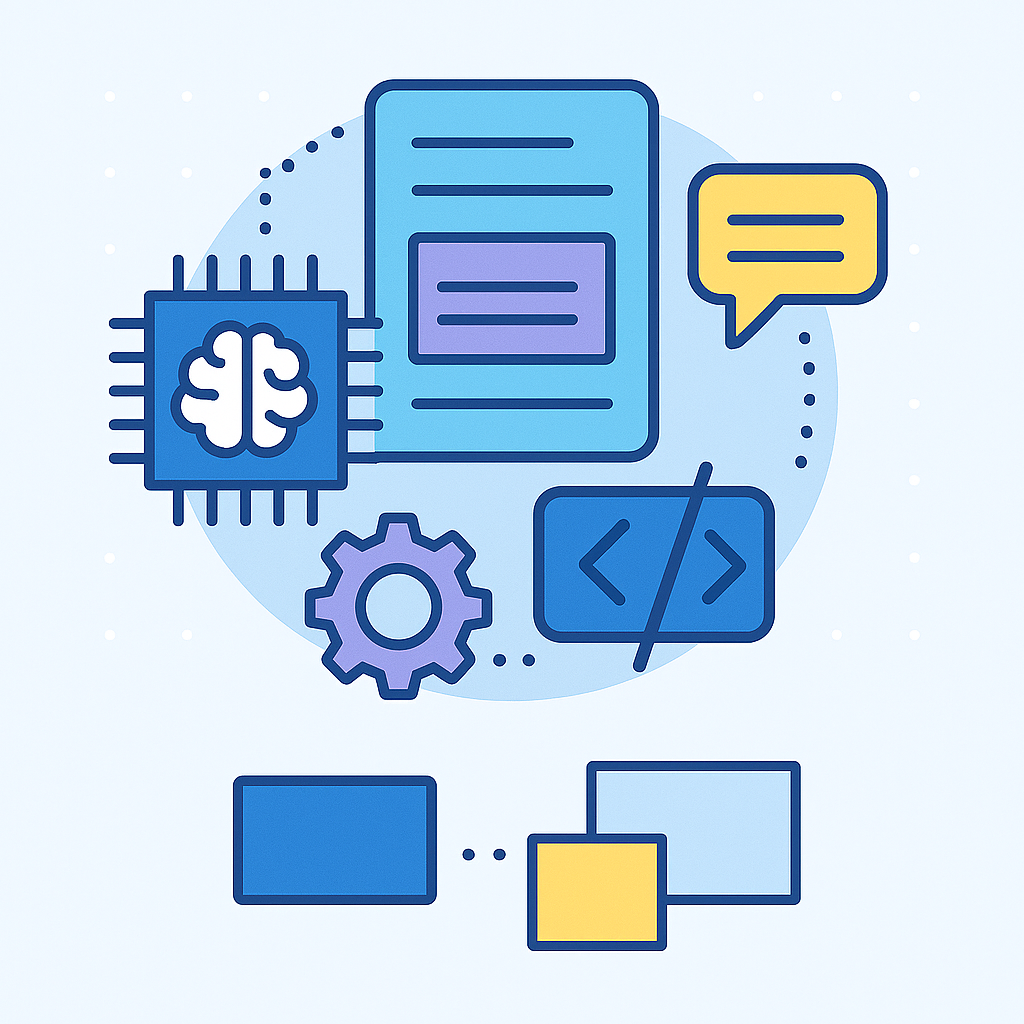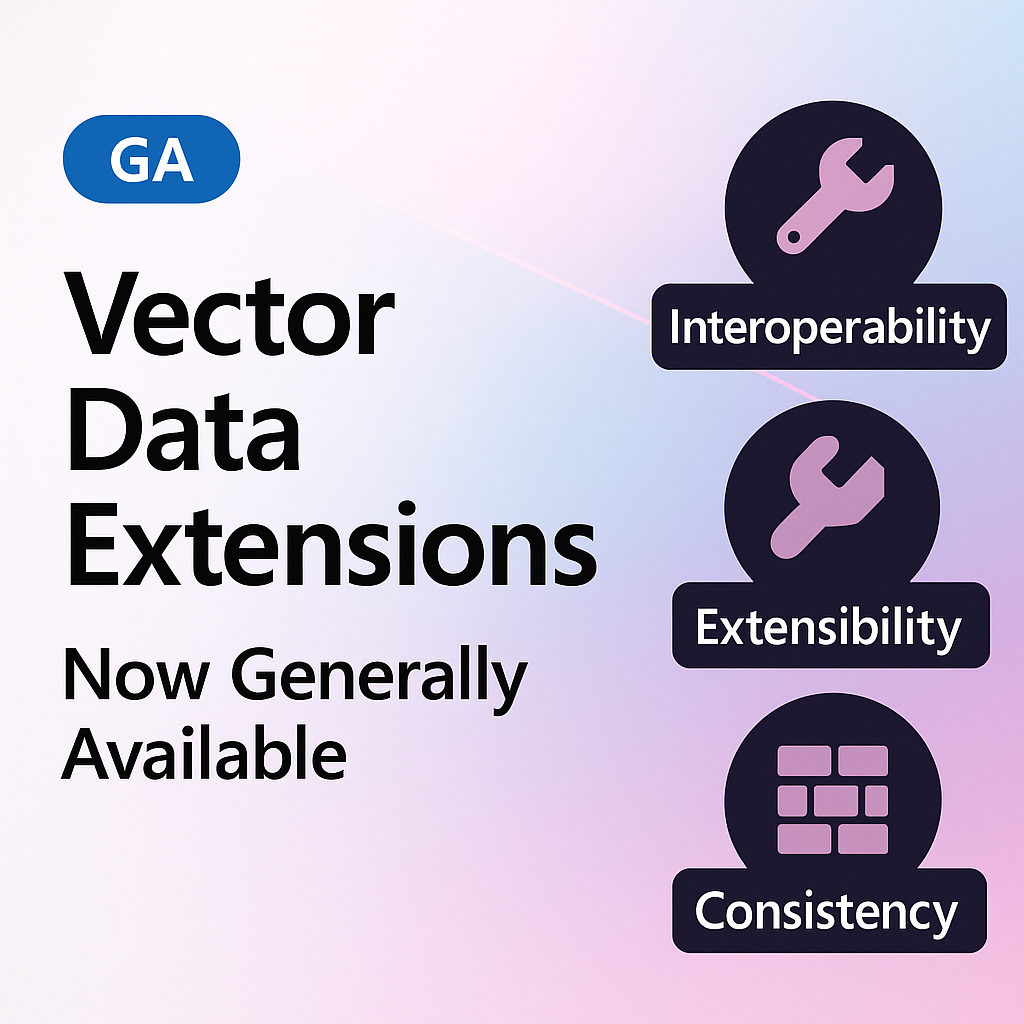Semantic Kernel
The latest news from the Semantic Kernel team for developers
Latest posts

The “Golden Triangle” of Agentic Development with Microsoft Agent Framework: AG-UI, DevUI & OpenTelemetry Deep Dive
In the explosive era of Agentic AI, we're not just seeking more powerful models—we're searching for a development experience that lets developers actually get some sleep. When building Agents locally, we've traditionally faced three major challenges: Today, I'll walk you through a classic case from Microsoft Agent Framework Samples—GHModel.AI—to reveal the "Golden Triangle" development stack that perfectly solves these pain points: DevUI, AG-UI, and OpenTelemetry. Let's explore how this powerful combination empowers the entire local development lifecycle. Phase 1: Creation — Standing on t...

Unlocking Enterprise AI Complexity: Multi-Agent Orchestration with the Microsoft Agent Framework
The Architectural Imperative: Why Multi-Agent Orchestration is Essential In modern enterprise AI systems, the scope and complexity of real-world business challenges quickly exceed the capabilities of a single, monolithic AI Agent. Facing tasks like end-to-end customer journey management, multi-source data governance, or deep human-in-the-loop review processes, the fundamental architectural challenge shifts: How do we effectively coordinate and manage a network of specialized, atomic AI capabilities? Much like a high-performing corporation relies on specialized departments, we must transition from a single-execu...

Semantic Kernel and Microsoft Agent Framework
Last week we announced Microsoft Agent Framework, you can find all the details: I'm immensely proud of the work the team that brought you AutoGen and Semantic Kernel have done to create Microsoft Agent Framework. We really think it's a great step forward in building AI agents and applications, building on all the learnings we've had from creating AutoGen and Semantic Kernel. Please give a try and give us your feedback, we think you'll like it! If you've been building and shipping on Semantic Kernel, I'm sure you have questions. I've answered the most common here but, as always, you...

Encoding Changes for Template Arguments in Semantic Kernel
In previous versions of the Semantic Kernel, the encoding of template arguments was performed automatically if the argument type was a . The encoding was not applied for custom types, anonymous types, or collections. With the latest changes, we've introduced stricter rules: if automatic encoding is enabled (the default behavior), an exception will now be thrown when complex types are used as arguments. This enforces more secure template rendering by requiring developers to handle encoding manually for complex types and explicitly disable automatic encoding for those variables. This change promotes best practic...

Azure Authentication Changes in Semantic Kernel Python
In previous versions of the Semantic Kernel Python, the default fallback authentication mechanism for Azure services like was from the Azure Identity library. This provided a convenient way to authenticate without explicitly passing credentials, especially during development. However, with the latest package version , this fallback is being removed to encourage more secure and explicit authentication practices. If your code relied on this default behavior, you may encounter errors after updating, and you'll need to make minor code adjustments to continue using credential-based authentication. This post expla...

Guest Blog: Building Multi-Agent Solutions with Semantic Kernel and A2A Protocol
In the rapidly evolving landscape of AI application development, the ability to orchestrate multiple intelligent agents has become crucial for building sophisticated, enterprise-grade solutions. While individual AI agents excel at specific tasks, complex business scenarios often require coordination between specialized agents running on different platforms, frameworks, or even across organizational boundaries. This is where the combination of Microsoft's Semantic Kernel orchestration capabilities and Agent-to-Agent (A2A) protocol creates a powerful foundation for building truly interoperable multi-agent systems. ...

Semantic Kernel Python Gets a Major Vector Store Upgrade
We're excited to announce a significant update to Semantic Kernel Python's vector store implementation. Version 1.34 brings a complete overhaul that makes working with vector data simpler, more intuitive, and more powerful. This update consolidates the API, improves developer experience, and adds new capabilities that streamline AI development workflows. What Makes This Release Special? The new vector store architecture consolidates everything under and delivers three key improvements: Let's explore what makes these changes valuable. Unified Field Model - Simplified Configuration We've repla...

Enhancing Plugin Metadata Management with SemanticPluginForge
In the world of software development, flexibility and adaptability are key. Developers often face challenges when it comes to updating plugin metadata dynamically without disrupting services or requiring redeployment. This is where SemanticPluginForge, an open-source project, steps in to improve the way we manage plugin metadata. LLM Function Calling Feature The function calling feature in LLMs allows developers to define a set of functions that the model can invoke during a conversation. These functions are described using metadata, which includes the function name, parameters, and their descriptions. The LL...

Smarter SK Agents with Contextual Function Selection
Smarter SK Agents with Contextual Function Selection In today's fast-paced AI landscape, developers are constantly seeking ways to make AI interactions more efficient and relevant. The new Contextual Function Selection feature in the Semantic Kernel Agent Framework is here to address this need. By dynamically selecting and advertising only the most relevant functions based on the current conversation context, this feature ensures that your AI agents are smarter, faster, and more effective than ever before. Why Contextual Function Selection Matters When dealing with a large number of available functions, AI mod...
